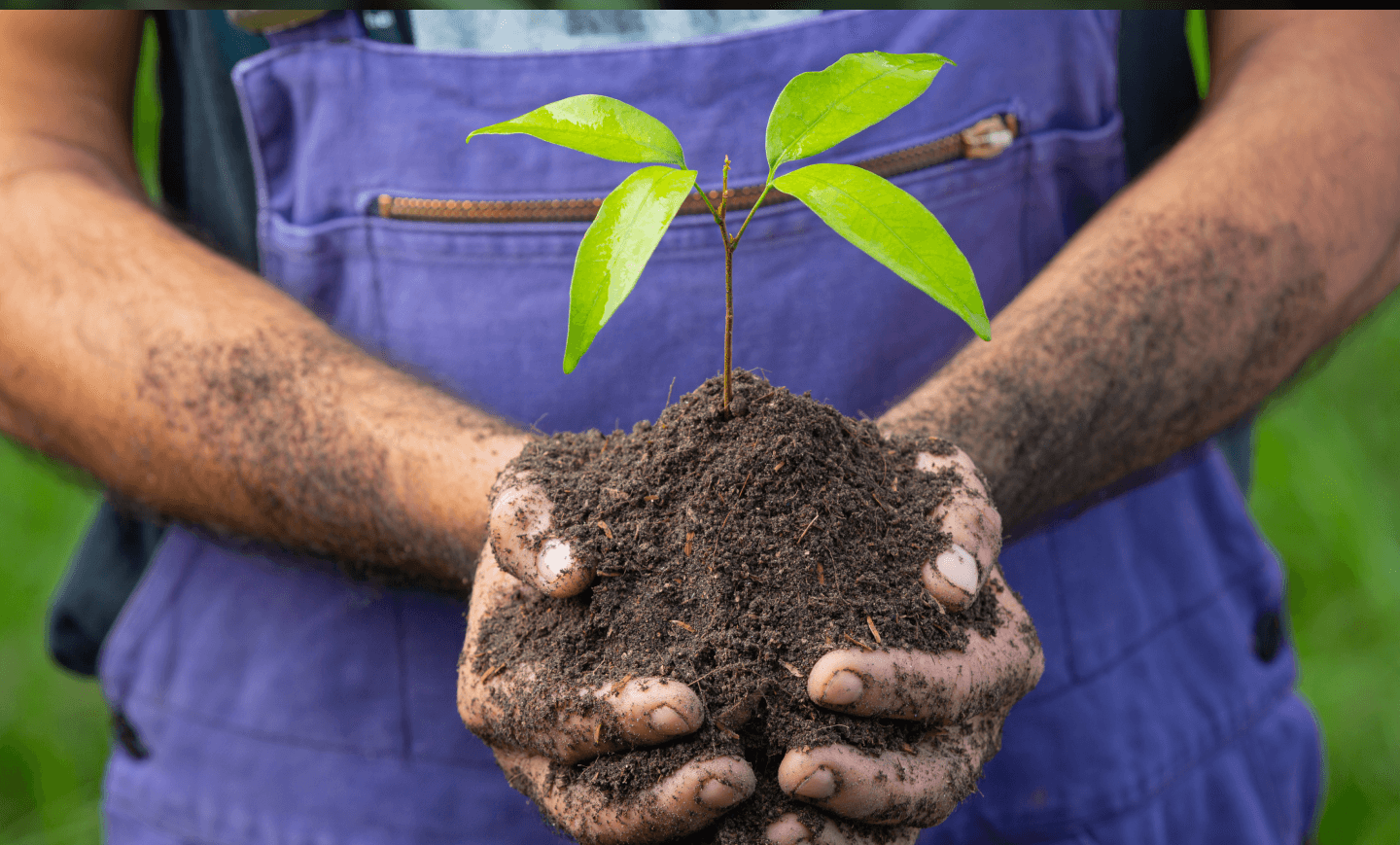Are you looking to create a thriving, eco-friendly garden? Then it’s time to “go native” with Tending Your Yard, Tending The Earth! Including native plants in your garden offers numerous benefits from reducing your environmental footprint to creating a more sustainable (and ultimately affordable!) outdoor space. In this blog, we’ll explore a variety of reasons why planting native is so important and share tips on how to get started.
Reduce Your Environmental Footprint
One of the biggest benefits of planting native species is that they are well-adapted to the local climate and soil conditions, and therefore require less water, fertilizer, and maintenance. This not only helps to reduce your environmental footprint – it saves you time and money as well!
Plants that are native to your local environment have deep root systems. That allows them to tap into water sources deep in the soil, reducing the need for overwatering and making them much more likely to survive (and even thrive) during periods of drought. Additionally, native species are resistant to local pests and diseases, reducing the need for chemical pesticides and herbicides.
Eco-Friendly Landscaping
As development and urbanization continue to reduce wild habitats, planting native species has become an important aspect of eco-friendly landscaping because it helps to conserve and restore native habitats.
When choosing what to plant, it’s important to choose species that are indigenous to your local area. This will help to ensure that your garden supports local ecosystems and wildlife. Additionally, it’s important to consider the location and design of your garden, making sure to provide adequate sunlight, water, and soil conditions for the species you’re planting.
Attract Wildlife with Native Plants
Finally, native plants help attract and provide food and shelter for local wildlife including pollinators like birds, bees, and butterflies.
These species have co-evolved with native plants over thousands of years. Planting native species in your garden will help maintain this important ecosystem and help support local food chains.
Getting Started
The first steps to create a native garden are easy and affordable. Start by researching species that are indigenous to your local area and are well-adapted to your garden’s soil and climate conditions. Consider the size, shape, and color of the plants you are planting and how they will fit into your overall garden design.
When planting native species, it’s important to use well-drained soil that is rich in organic matter. This will help ensure the roots of your plants are able to establish themselves and access the nutrients they need to grow and thrive.
Finally, it’s important to be patient. It may take several years to create the garden of your dreams, but the results are well worth the wait. A thriving, eco-friendly garden is a beautiful and sustainable outdoor space that supports local wildlife and reduces your environmental footprint.



